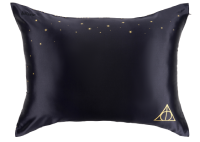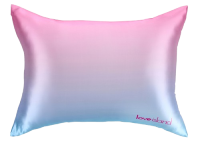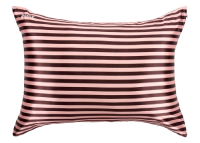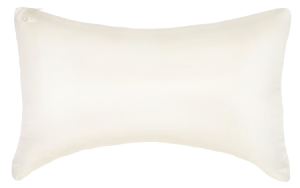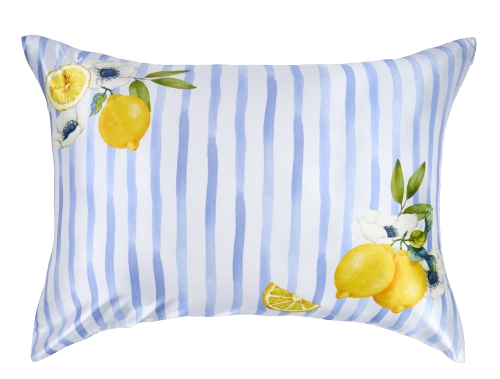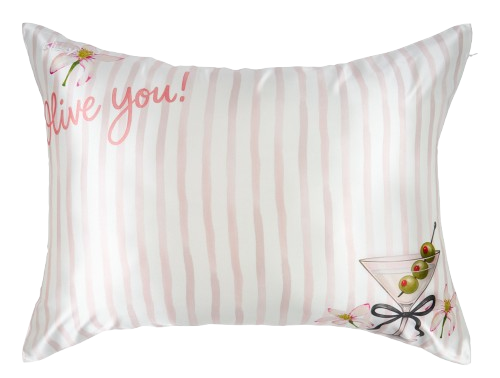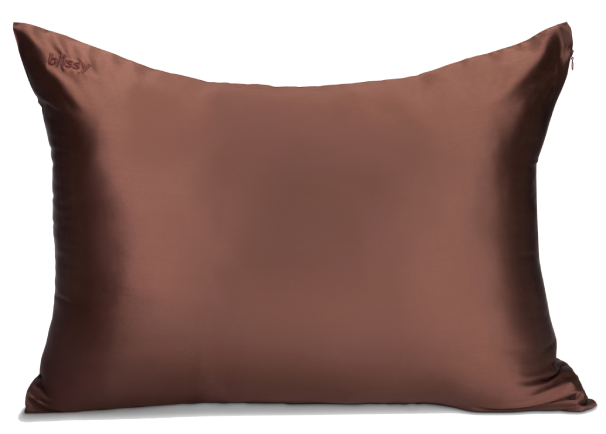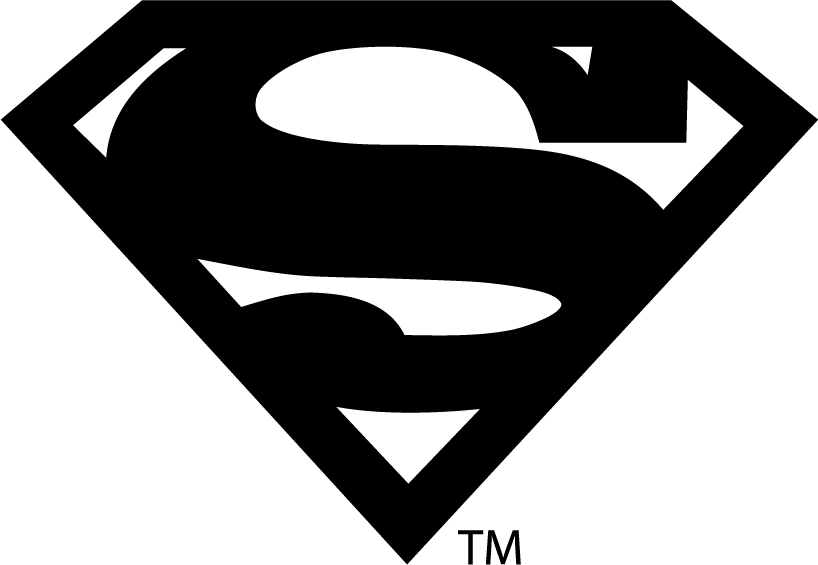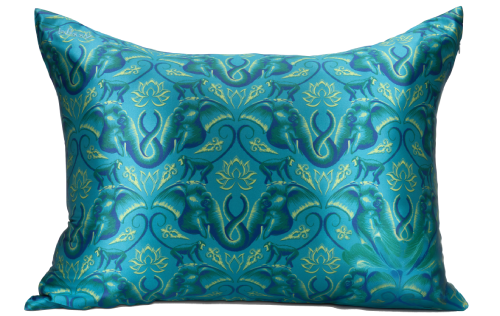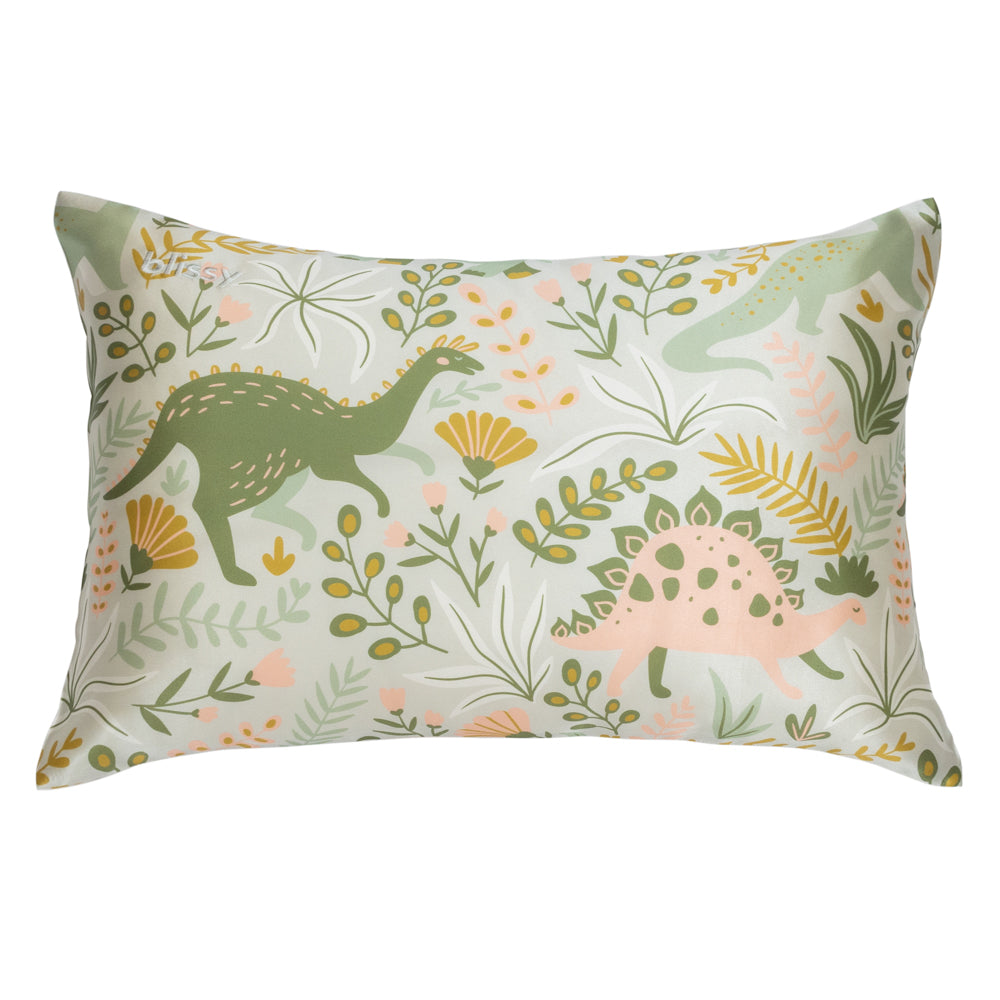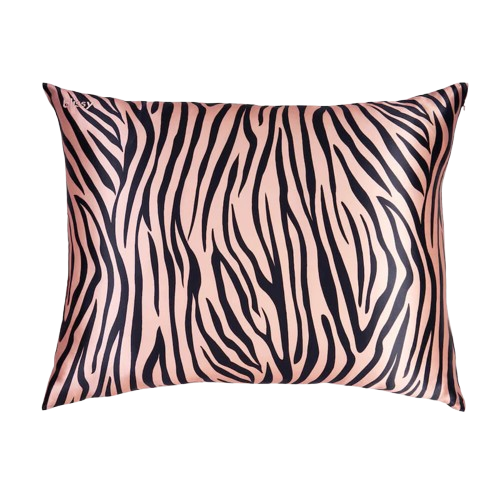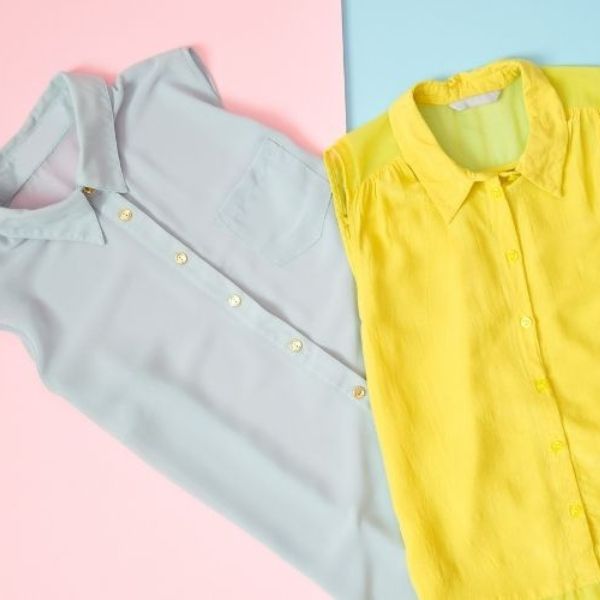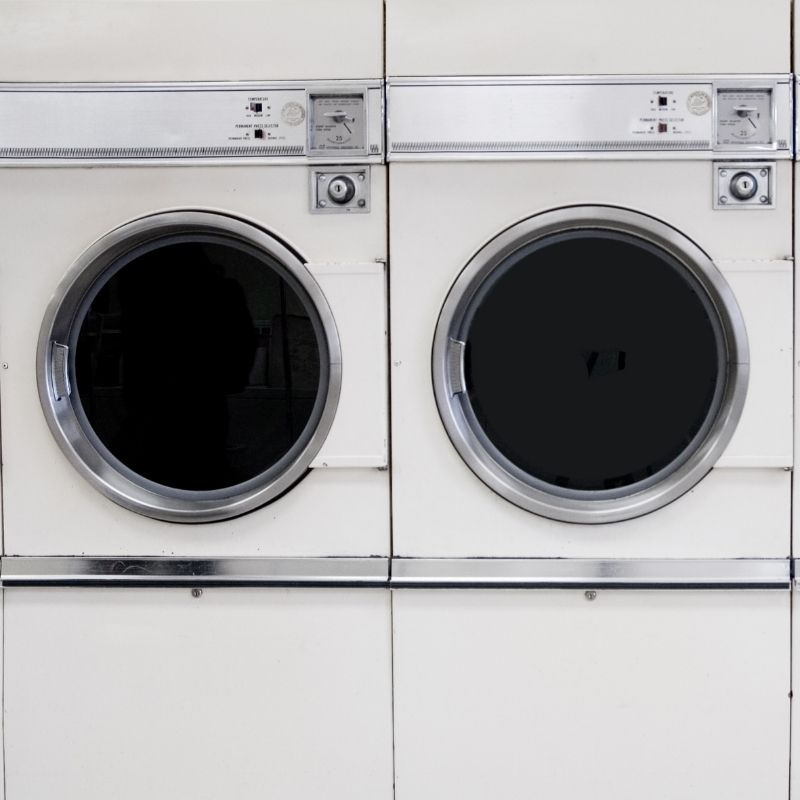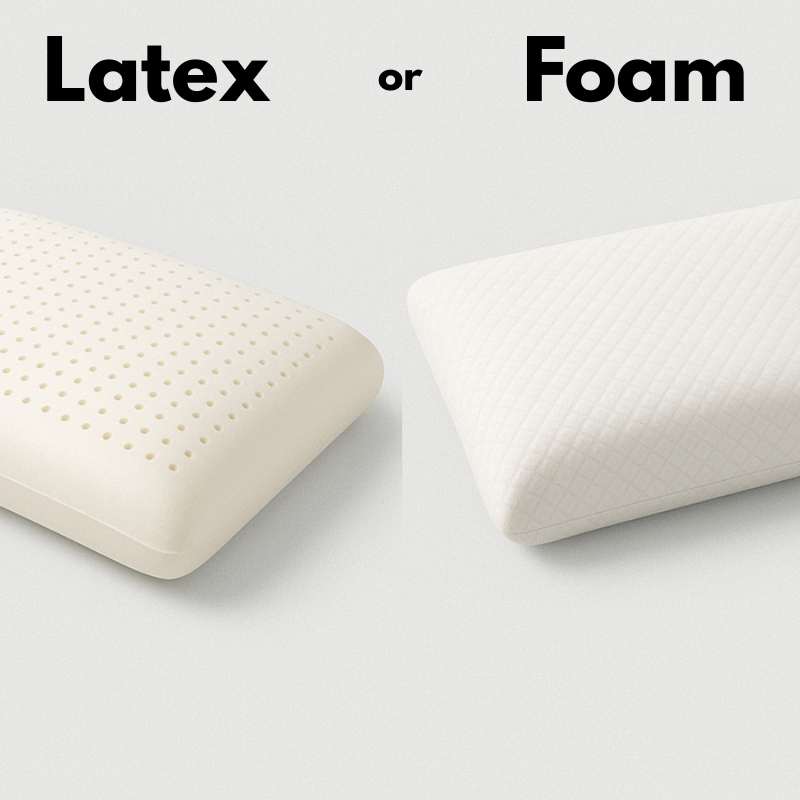Laundry can be a tedious and time-consuming task, but it is a crucial part of maintaining the life and quality of your clothes. While some clothes require drying in the dryer, others need to be dried by laying flat.
Drying clothes flat is a drying method that allows most garments to maintain their shape and prevent stretching. In this blog post, we will explore the do's and don'ts of drying flat, so you can properly care for your clothes and keep them looking their best.
What Does "Dry Flat" Mean?
Drying flat refers to the process of laying clothing items on a flat surface to air dry. This is typically done for clothes that are delicate or prone to stretching, such as sweaters, knits, and certain types of lingerie. When you dry flat, you are essentially air drying the garment in its natural shape on a flat surface without any additional stress or tension.
The Purpose of Drying Flat

The purpose of drying clothes flat is to preserve their shape and prevent stretching. Certain fabrics and garments, such as wool or cashmere sweaters, can easily lose their shape if hung or placed in a dryer. By laying these items flat to dry, you allow them to dry naturally while maintaining their original shape and structure.
Tools for Flat Drying
If you prefer to flat dry your clothes, there are many products available to help make the process easier and more efficient. For example, mesh drying racks and sweater drying frames are just a couple of the items that can help you properly and effectively dry your clothing items.
Investing in the right tools can make a significant difference in the longevity and appearance of your clothes, so it's worth considering which products may be helpful for your specific needs.
What Is the Symbol for Drying Flat?

Many clothing items come with care labels that include symbols to indicate the best way to wash and dry the garment. The dry flat symbol is a square with a horizontal line in the middle, resembling a flat surface. This symbol can usually be found on the care label, along with other symbols indicating washing and ironing instructions.
Garments and Fabrics Typically Required to Dry Flat
Certain fabrics and garments are more likely to require drying flat. Examples include:
- Delicate fabrics, such as silk, lace, and cashmere
- Sweaters, knits, and other items prone to stretching
- Shoes and other leather items
- Stuffed toys and pillows
If the care label indicates to dry the garment flat, follow the instructions to prevent damage and maintain the garment's quality during the drying process.
Further Reading:
How to Properly Lay Flat to Dry

When laying clothes flat to dry, it's important to do so properly to avoid stretching or damaging the garment. Here are the steps to lay clothes flat to dry:
- Lay a clean, absorbent towel on a flat surface.
- Gently remove any excess water from the wet dry flat garment by squeezing or pressing with a clean, dry towel.
- Lay the garment flat with the towel beneath, reshaping it as necessary to maintain its original form.
- Smooth out any wrinkles or creases in the garment.
- Allow the garment to air dry completely before removing it from the towel.
Further Reading: Quick Laundry Question: What Does "Delicate" Mean?
How Long Does it Take to Dry Flat?
The drying time for flat drying can vary depending on the garment's material, thickness, and the surrounding environment's temperature and humidity levels. As a general rule, clothes typically take longer to dry when laid flat than when hung or placed in a dryer. In most cases, it can take several hours to a full day for clothes to dry flat completely.
Can I Just Hang My Clothes to Dry?

Hanging clothes to dry is a common way to dry clothes, but it's not always the best method. Certain fabrics and garments can be damaged by hanging or tumbling in the dryer. Clothes that require drying flat or drip drying should not be hung. Hanging clothes can also cause stretching or misshaping in some fabrics. It's important to follow the care label's instructions to avoid damaging the garment.
Further Reading: Introducing Blissy Wash: Laundry Detergent For Your Blissy and Delicates
What Are Other Methods of Air Drying?
Drip Dry Fabrics

Drip drying is another common way to dry delicate items. This method involves hanging the garment on a clothesline or hanger and allowing it to drip dry. Drip drying is ideal for fabrics that are lightweight and quick to dry, such as cotton or linen. However, it's important to note that drip drying can cause stretching in some fabrics and should be avoided for garments that are prone to stretching.
Dry in the Shade
In addition to drying flat, some garments may require drying in the shade. This is especially important for items that are colorful or made of delicate materials that may fade in direct sunlight. Drying in the shade can help prevent colors from fading and protect delicate fabrics from sun damage.
Dry on a Drying Rack

Drying clothes on a drying rack is a convenient and cost-effective way to dry clothing items without the use of a dryer. Drying racks come in various sizes and styles and can be used both indoors and outdoors.
They are particularly useful for delicate clothing items that cannot be tumble-dried or require a specific drying method. However, keep in mind that some drying racks allow you to flat dry while others are not designed for flat drying.
Line Dry

Line drying refers to the process of hanging garments on a clothesline or hanger to dry. This method is ideal for garments that are durable, lightweight, and quick to dry, such as cotton or linen. Line drying is a convenient way to dry clothes and can be done outdoors in good weather or indoors with the help of a drying rack.
Can You Put Dry Flat Clothes in the Dryer?

You should always avoid placing flat-dry items in the dryer, even with a low air temperature. It's important to follow the care label's instructions for drying clothes, as some fabrics and garments can be damaged during tumble drying. If a garment's care label instructs to dry flat, it should not be put in the dryer.
Drying flat allows the garment to maintain its shape and prevent stretching, whereas the dryer's tumbling motion can stretch the fabric and cause damage.
Can You Tumble Dry a Wool Sweater?

Wool sweaters are one of the most delicate items that require drying flat. Placing a wool sweater in the dryer can cause it to shrink, stretch, or lose its shape. Always check the care label before washing and drying a wool sweater, and avoid placing it in the dryer or hanging it to dry. Instead, lay it flat to dry, following the instructions provided on the care instructions.
Can You Use Mesh Laundry Bags to Dry Clothes?
While mesh laundry bags are a great tool for protecting delicate clothing items during the washing process, they are not suitable for use in the tumble dryer. Placing a mesh bag in the dryer can cause the bag to become tangled and can damage both the bag and the clothing items inside.
Further Reading: Can You Dry Silk Pillowcases in the Dryer?
Conclusion
Drying clothes properly is an important step in maintaining their quality and prolonging their lifespan. Dry flat is a common instruction on care labels, and it's important to follow the instructions to prevent damage or misshaping of delicate fabrics and garments. Drip drying and drying in the shade are alternative methods to drying flat, but it's important to reshape the garment as it dries to prevent stretching.
When drying clothes, it's important to consider the fabric and garment type to determine the best drying method. Sweaters, shoes, and other delicate items require special care and should be dried flat to prevent damage or stretching. By following the care label instructions and using the appropriate drying method, you can keep your clothes looking their best and prolong their lifespan.



